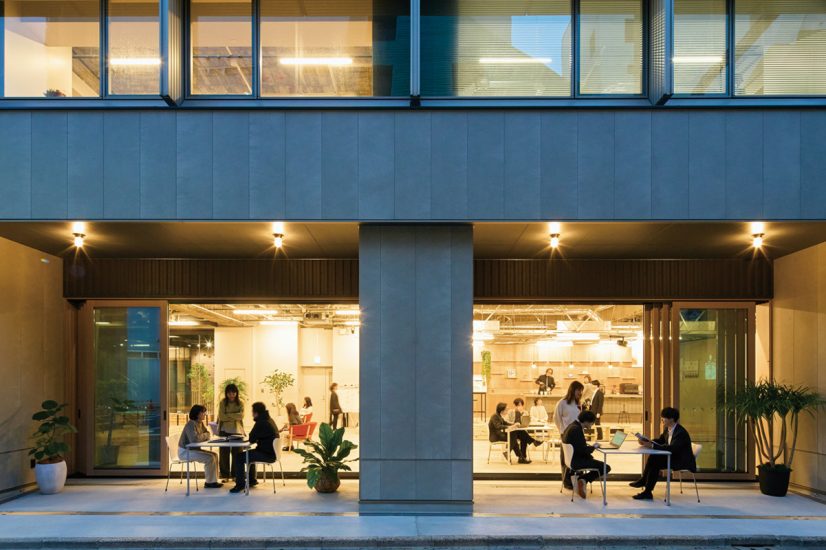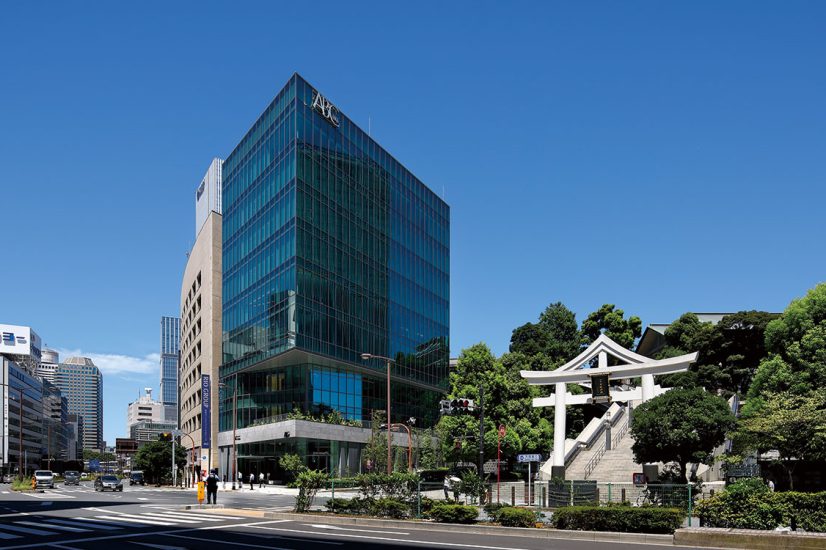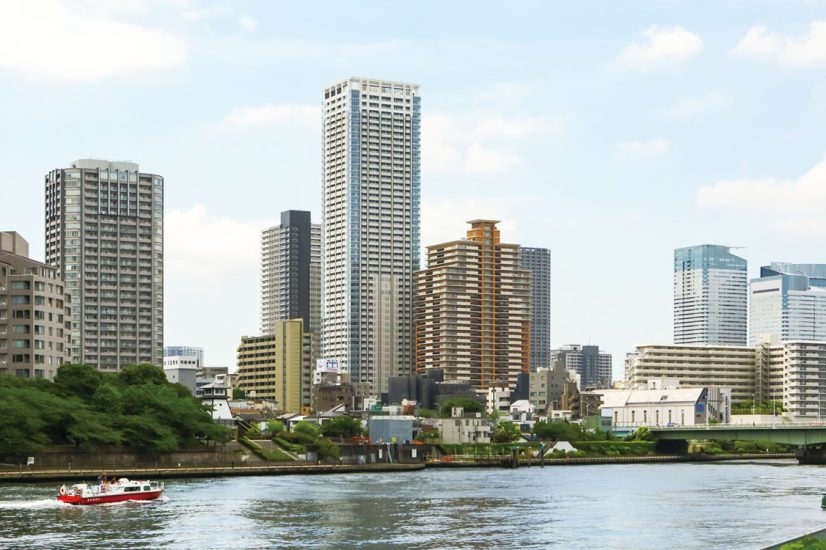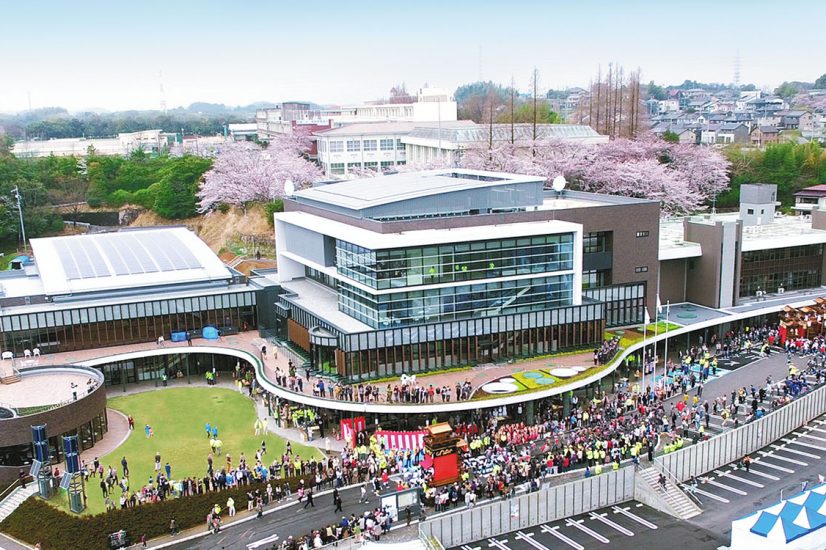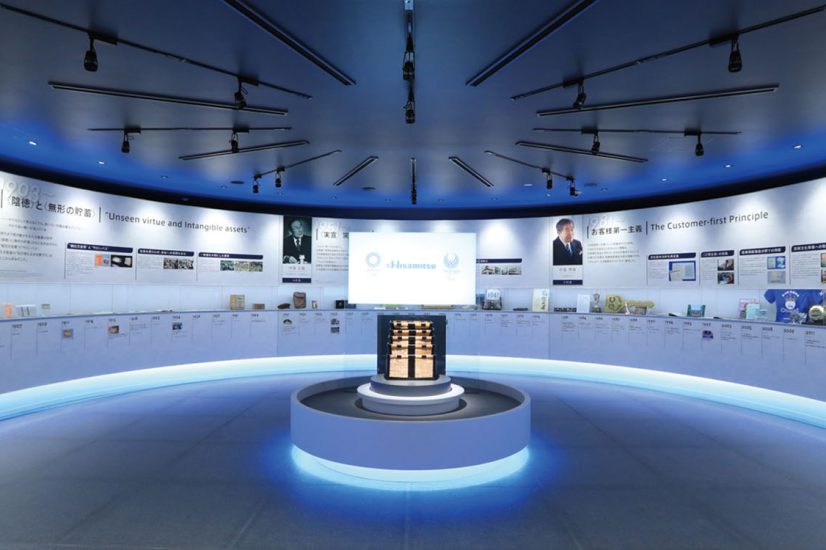Yasui Architects & Engineers, Inc.
Yasui Architects & Engineers, Inc.
Tokyo’s first concert-exclusive hall, tracing its 30-year journey
Suntory Hall
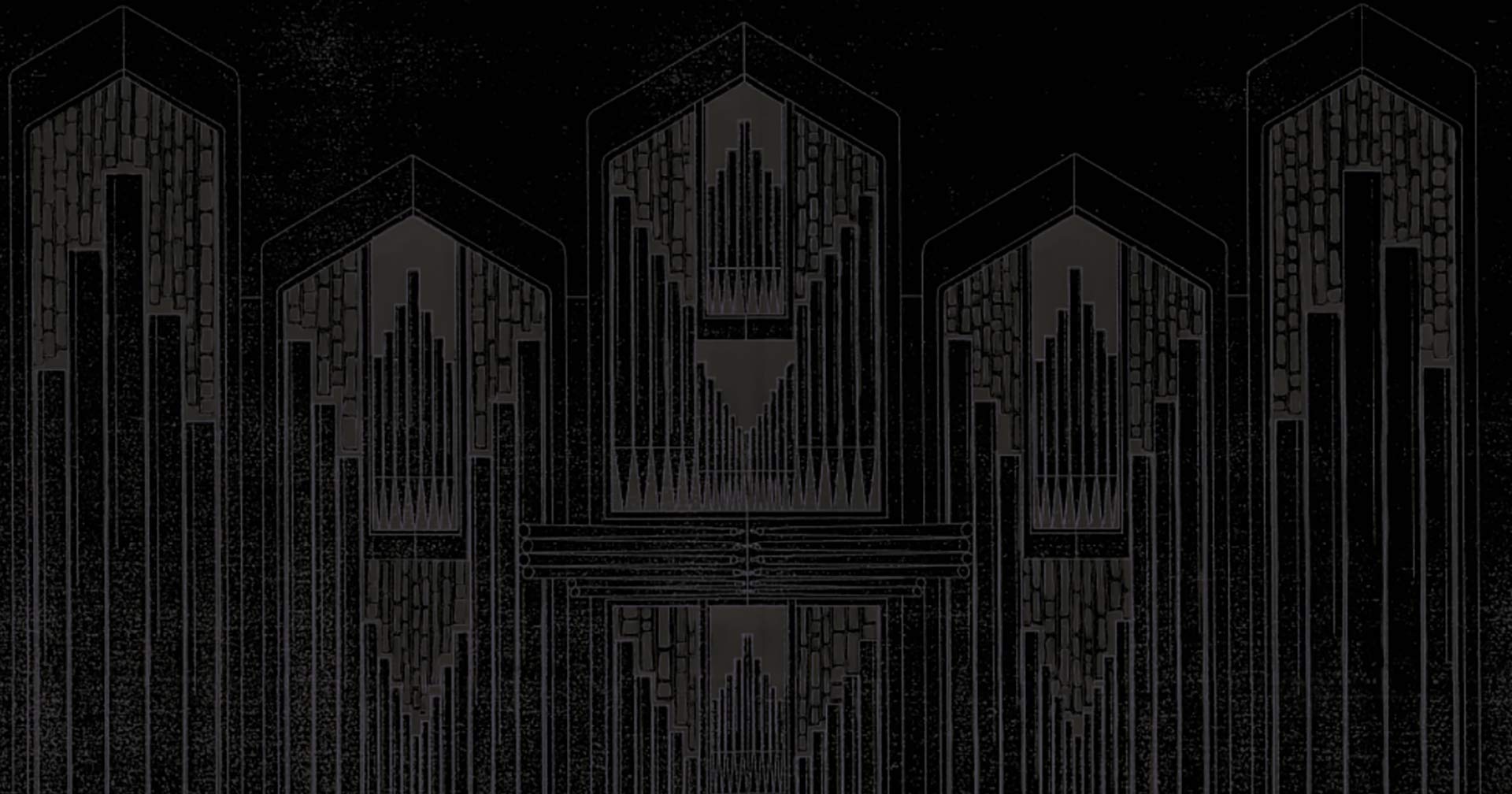
A world-class acoustically beautiful hall where performers and audience unite in enjoyment. The concept has been upheld while it has evolved over 30 years.
In October 1986, Suntory Hall was born as Tokyo’s first concert-exclusive hall. The project, aimed at creating the world’s most acoustically beautiful concert hall, proceeded under the guidance of the late Herbert von Karajan , who advised that “music is created and enjoyed together by performers and audience.” Receiving his words, Japan’s first vineyard-style design, where the audience encircles the stage, was adopted. The hall’s design was meticulously developed to ensure beautiful acoustics. Every aspect was carefully considered and resolved individually, including the shape, material, and angle of the ceilings and walls, which affect the sound reflections, and the choice of fabric for chairs and carpets, which impact sound absorption.
Even after construction began, relentless efforts, such as extensive acoustic testing with large models, ensured the hall’s completion without compromise. The hall quickly gained a reputation for its excellent acoustics and hospitality, with many renowned international orchestras and musicians expressing a desire to perform there.
The hall has undergone regular renovations to maintain and improve its standards. In 2017, a significant renovation that lasted over seven months was undertaken, and it reopened on September 1st. “While inheriting its initial concept for over 30 years, the hall has continually adapted to the changing times,” says Sakon Kimura , who has been involved in the hall’s design from the outset and walked alongside its evolution. “It’s becoming a cradle of Japan’s music culture.”
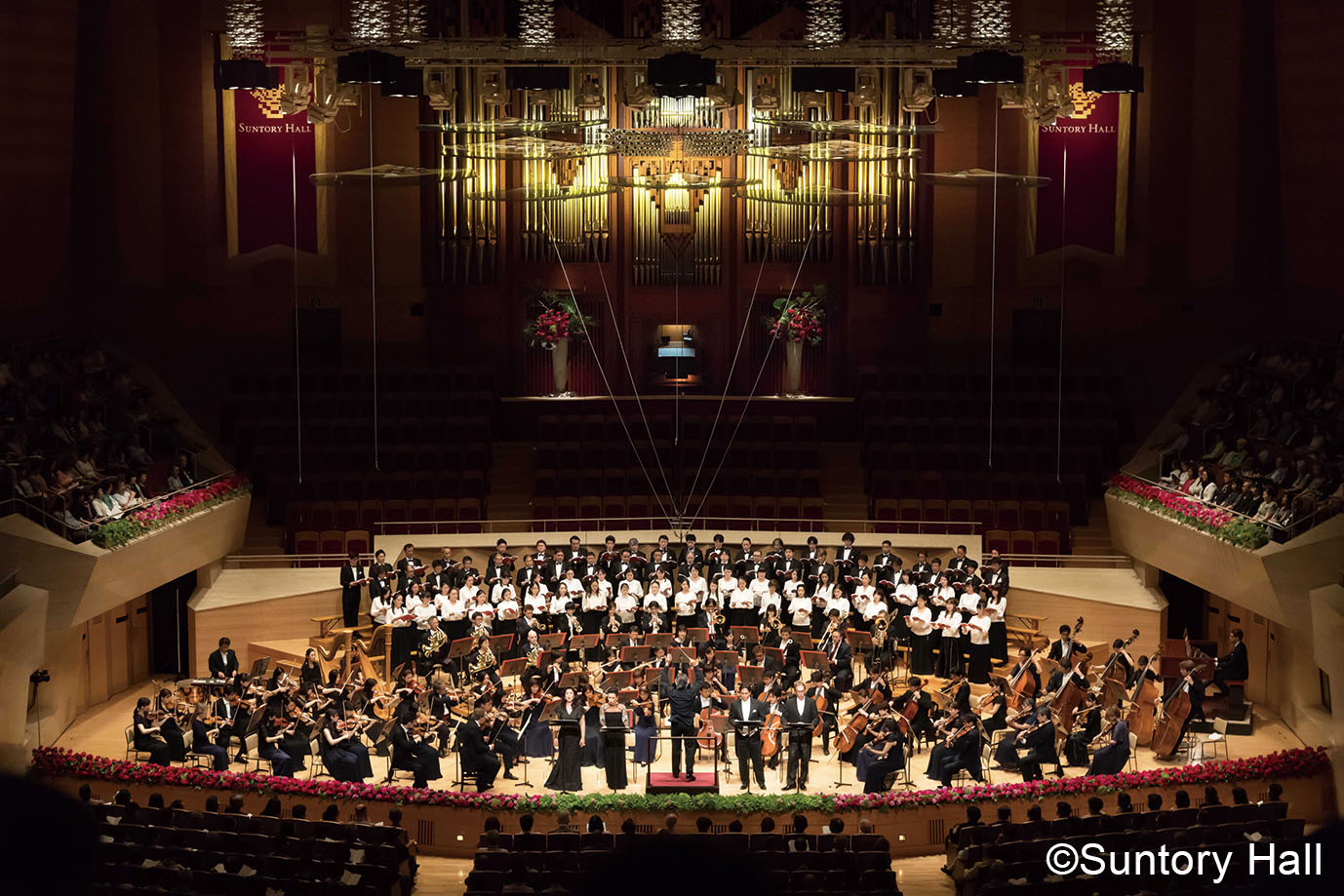
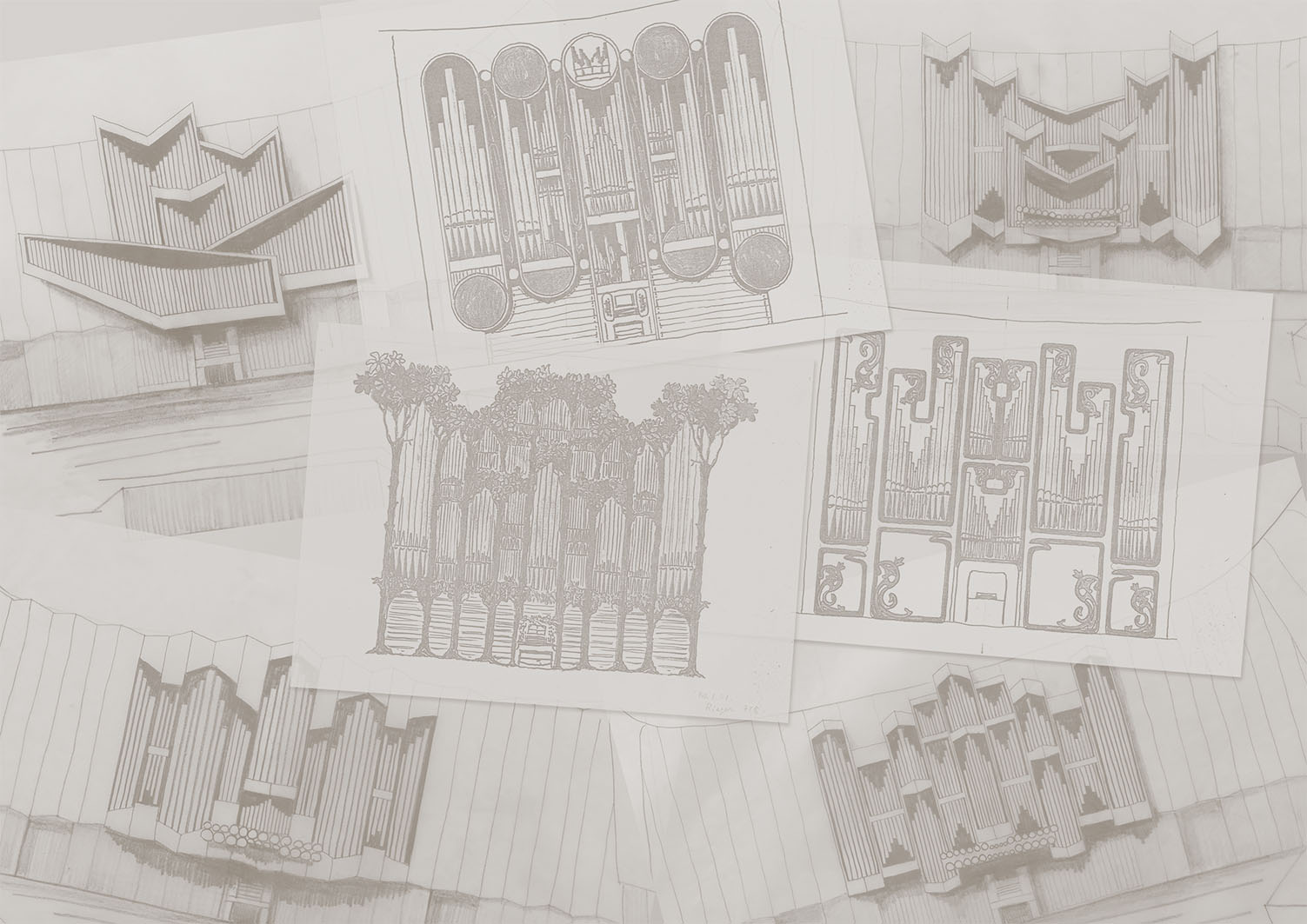
Maintaining the hall’s esteemed acoustics and architectural design is paramount as a basis for ongoing enhancements to meet current and societal needs.
Suntory Hall hosts around 600 performances annually in its Main and Small Halls, attracting nearly 600,000 visitors. The prestigious venue requires continuous updates and swift responses to any issues that may arise. The designers work together with all involved parties to establish renovation strategies every five years, addressing necessary changes and innovations. Efforts were made to improve the venue’s infrastructure, including installing cell phone signal blockers , updating CPUs for computer-driven stage equipment, renewing sound systems, reinforcing seismic resilience, and ensuring accessibility. Kimura stresses that the top priority in renovating the hall during its stable and mature phase is to maintain the “world’s most beautiful acoustics.”
“The most significant aspect of a renovation is not to alter the acoustics. The highly acclaimed, beautiful sound and the hall’s architectural elements symbolized by the iconic front organ must be maintained,” Kimura explains. “To enhance the hall’s functionality in line with contemporary demands and society while preserving these two aspects, we engage in regular discussions and information sharing with the hall staff, acoustic designers, and other relevant individuals.”
The wear and tear became noticeable especially after it turned 15 years old, leading to a comprehensive stage floor replacement in the Main Hall during the 15th-year renovation, and extensive ceiling repainting with scaffolding inside the hall during the 20th-year renovation which necessitated a five-month closure. Regular reupholstering of chairs was also part of the maintenance. However, Kimura explains they faced an unexpected challenge: “The fabric for the Main Hall’s chairs, which we imported, is a replication of a 100-year-old pattern woven by the Backhausen company in Vienna. During the renovation, we faced difficulties in obtaining the same fabric due to changes in the weaving looms. I realized preserving and passing the hall’s design-related techniques to the next generation were challenging, even for a minor detail like this.”
In 2016, marking its 30th year, the hall initiated an extensive renovation aligned with three key concepts: “inheritance of tradition,” “diversity in design ,” and “further enhancement of facilities.” Keiichi Ito , who has been in charge of the hall’s electrical and building facilities since its 15th-year renovation, discusses the major technological undertaking of transitioning the stage and auditorium lighting to LEDs: “Conventional lighting produces heat, causes discomfort for performers, and consumes considerable energy. Post-the Great East Japan Earthquake , the hall suggested considering LEDs as an energy-efficient option. However, we postponed the installation at that time due to the early LEDs’ inability to emulate the warm red hues. Color rendition is critical to the hall. Then the transition from conventional light sources to LEDs came approximately two years ago. Even in the design phase for the 30th-year renovation, the color and tuning specifications were not up to our expectations yet, but we committed to the switch, believing in technological progression. Shortly after the renovation commenced, manufacturers introduced a new technology that allowed LED colors to turn into red tones with dimming, enabling us to manipulate LEDs in the same operation as conventional lighting to render color. As technology evolves swiftly, finding the right moment for installation is crucial.”
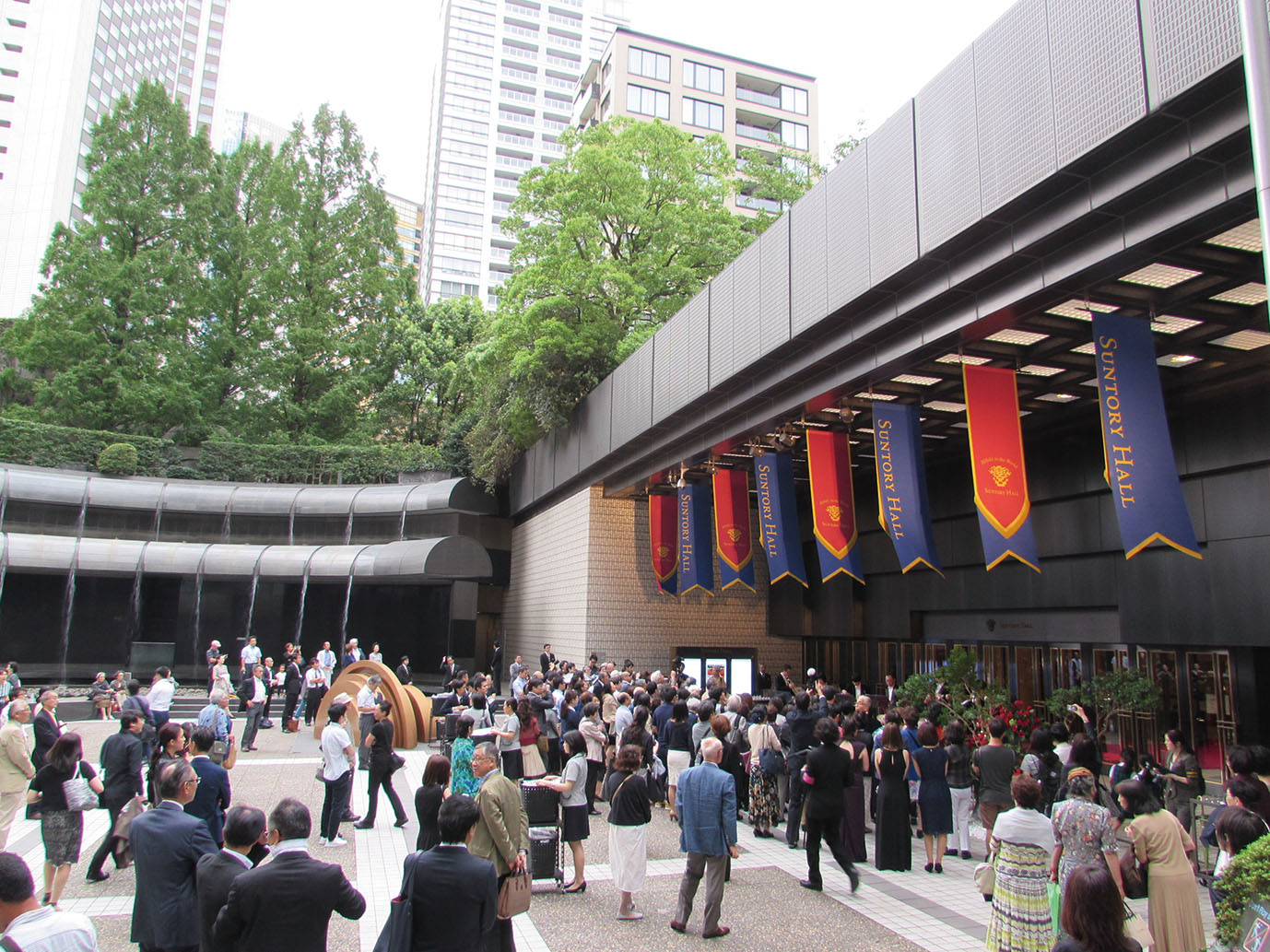

After 30 years of operation, the hall now stands shoulder-to-shoulder in popularity and acclaim with historic classical music venues, a testament to the passionate dedication of those involved.
A concert hall is where individuals gather with anticipation and share moments with orchestras and fellow audiences. What is the experience for a designer to create a space distinct from everyday life? “In the realm of cultural facilities, concert hall design feels more reliant on the right brain, while museums and art galleries require a logical design approach,” says Kimura. “Even though there are numerical benchmarks for sound and color, the ultimate decision of “this is right” tends to be heavily influenced by intuitive and sensory factors. It is like engaging all five senses, not just vision and hearing.”
“Music halls are public spaces where performers and audience create space and time together and share intimacy,” says Ito. “Unlike museums or galleries where visitors engage individually with artworks, music halls are about collective experiences, like being part of a team effort.”
Recalling the inception of Suntory Hall 35 years ago during the Akasaka-Roppongi redevelopment, which was Tokyo’s first and most extensive urban redevelopment project at the time, Kimura reminisces about the late Shoichi Sano , the then-president of Yasui Architects and Engineers, and his aspirations: “Sano frequently emphasized the importance of crafting something of the highest quality. At that time, many newly constructed halls had entrances that were hardly distinguishable from those of office buildings. He fervently believed that entering a concert hall should feel like stepping into an entirely different realm, a sentiment he voiced until his last days. Responding to his vision, I remember sketching out designs. Even today, visiting the hall evokes Sano and Keizo Saji ’s presence and their intense dedication to Suntory Hall.”
In 2006, Suntory Hall established partnerships with globally acclaimed venues, including New York’s Carnegie Hall and the Musikverein in Vienna, home of the Vienna Philharmonic . Only three decades after its inauguration, it has stood on par with international classical music halls with over a century of legacy. The hall is renowned for its popularity, acclaim, and the genuine dedication of all associated with it. To maintain its revered sound and atmosphere, Suntory Hall continually transforms its commitment to remain an enduring icon through the changing eras.
